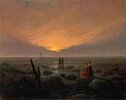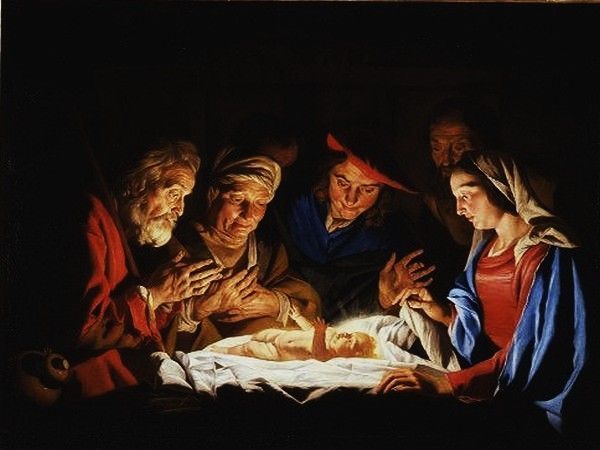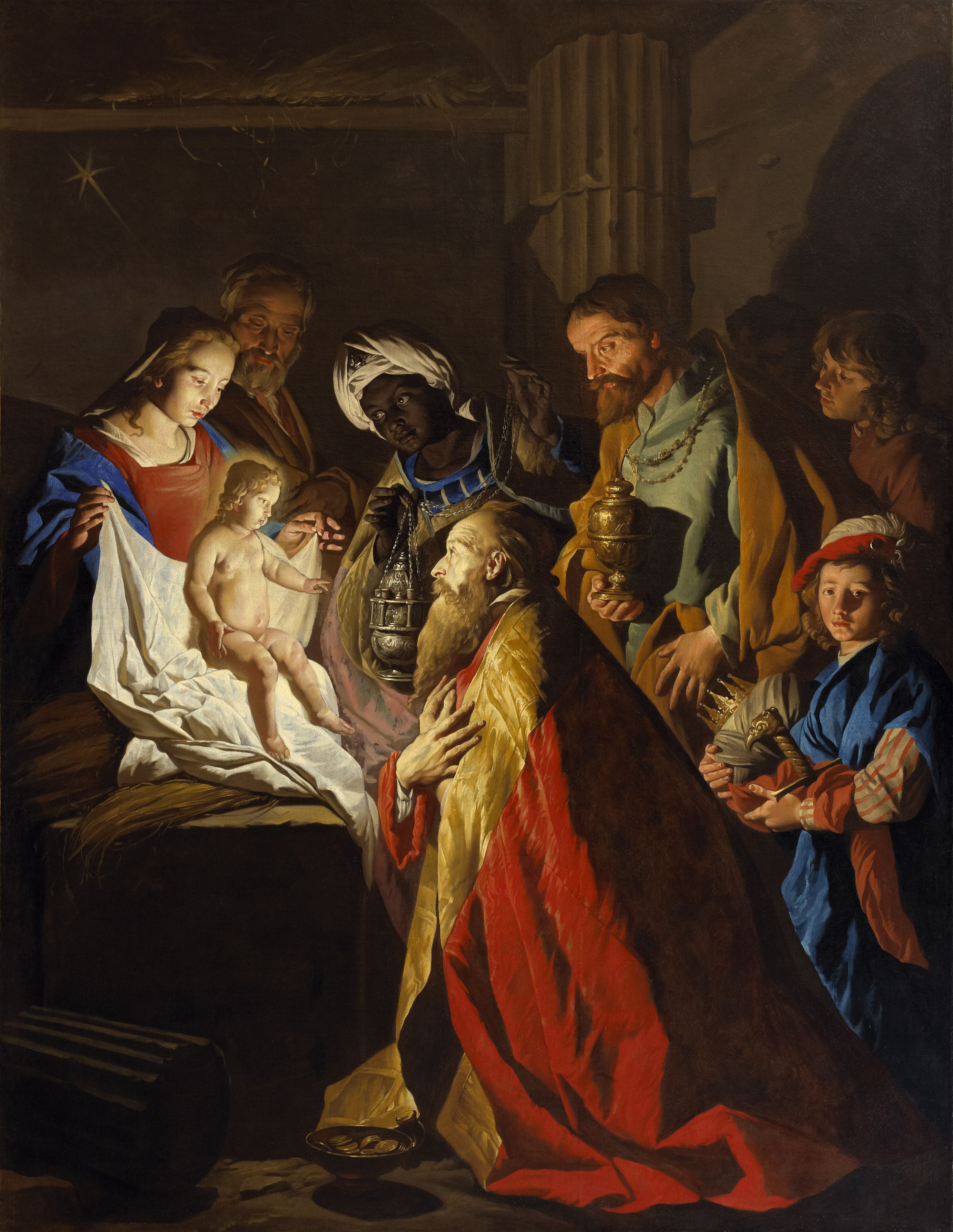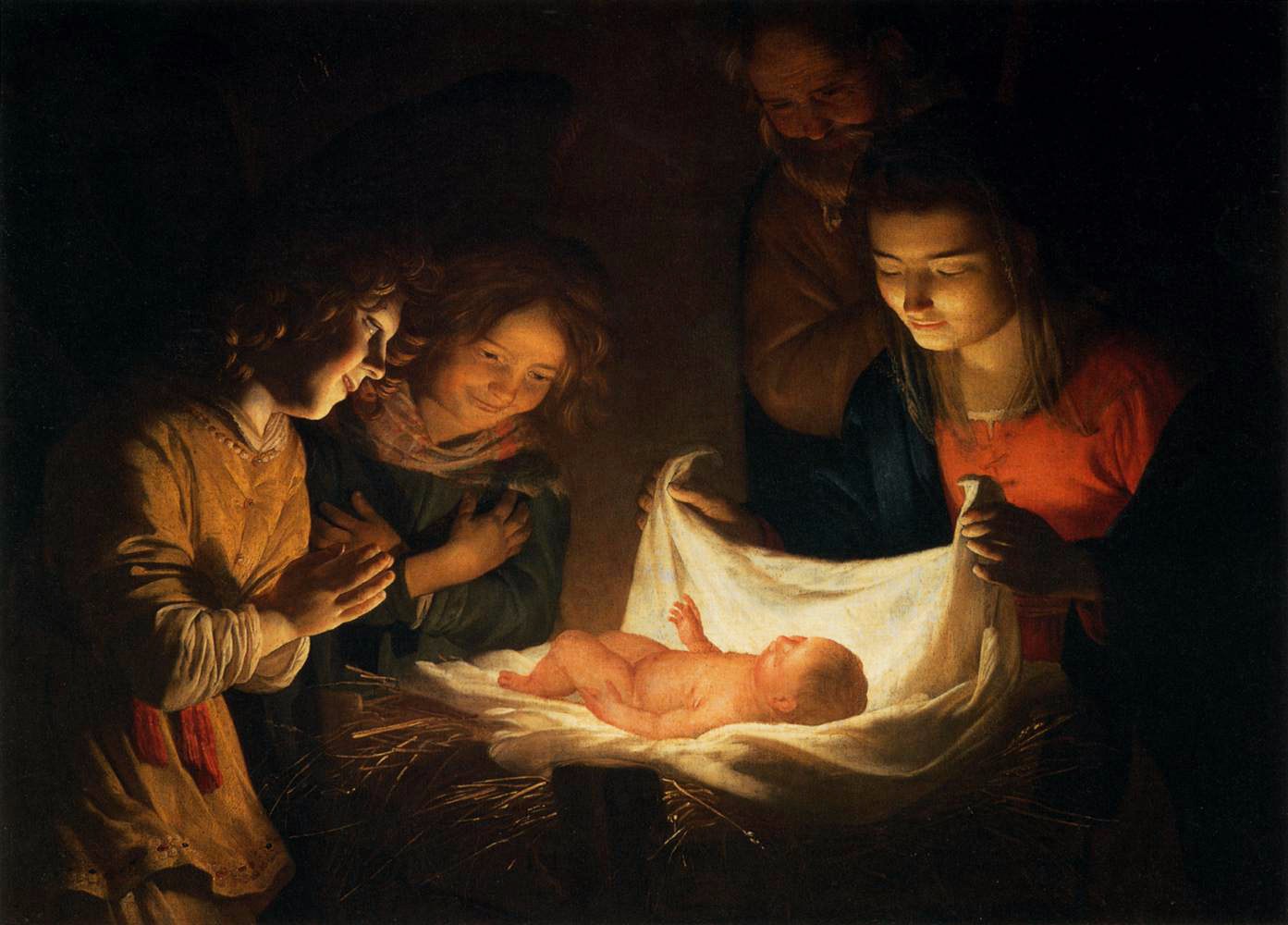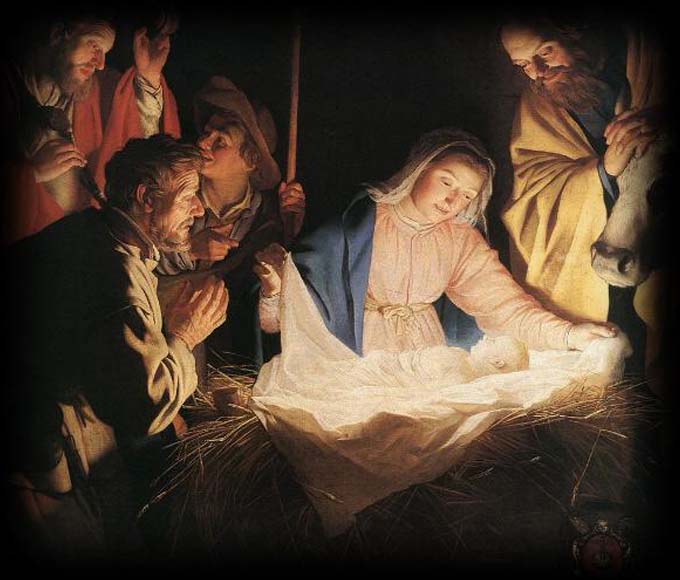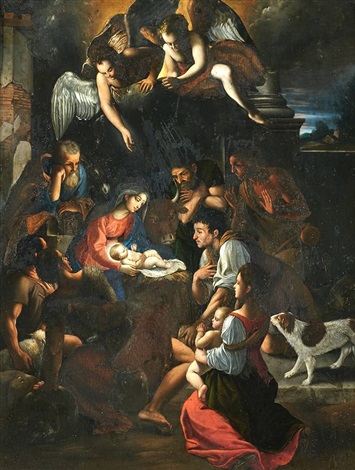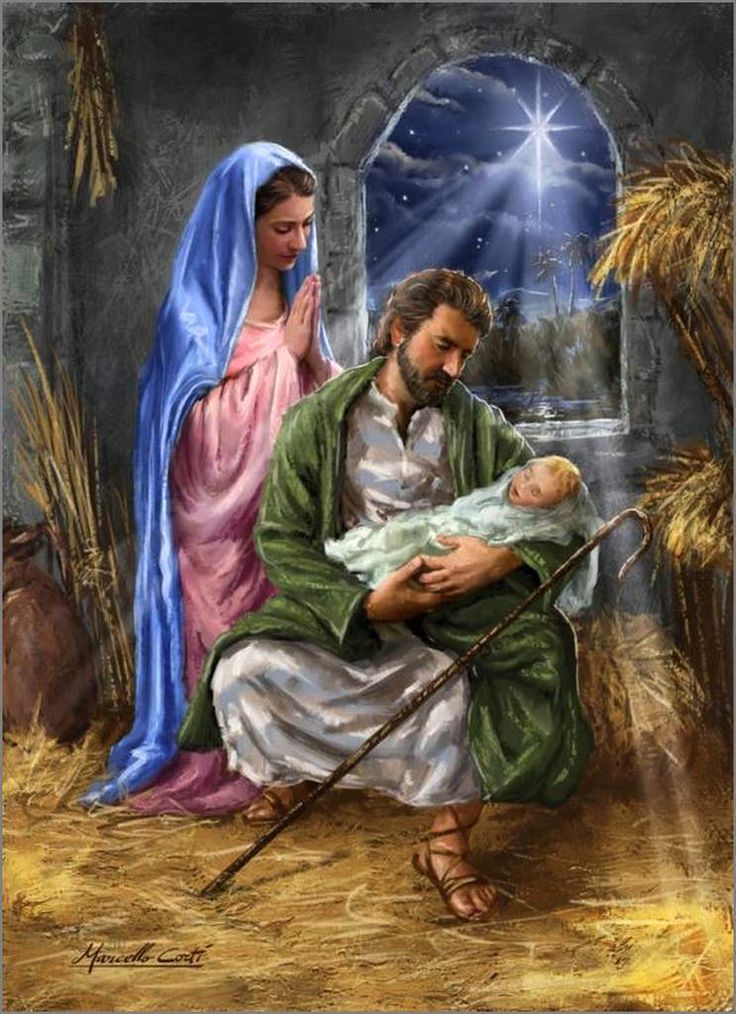PERLOU
The Living Force
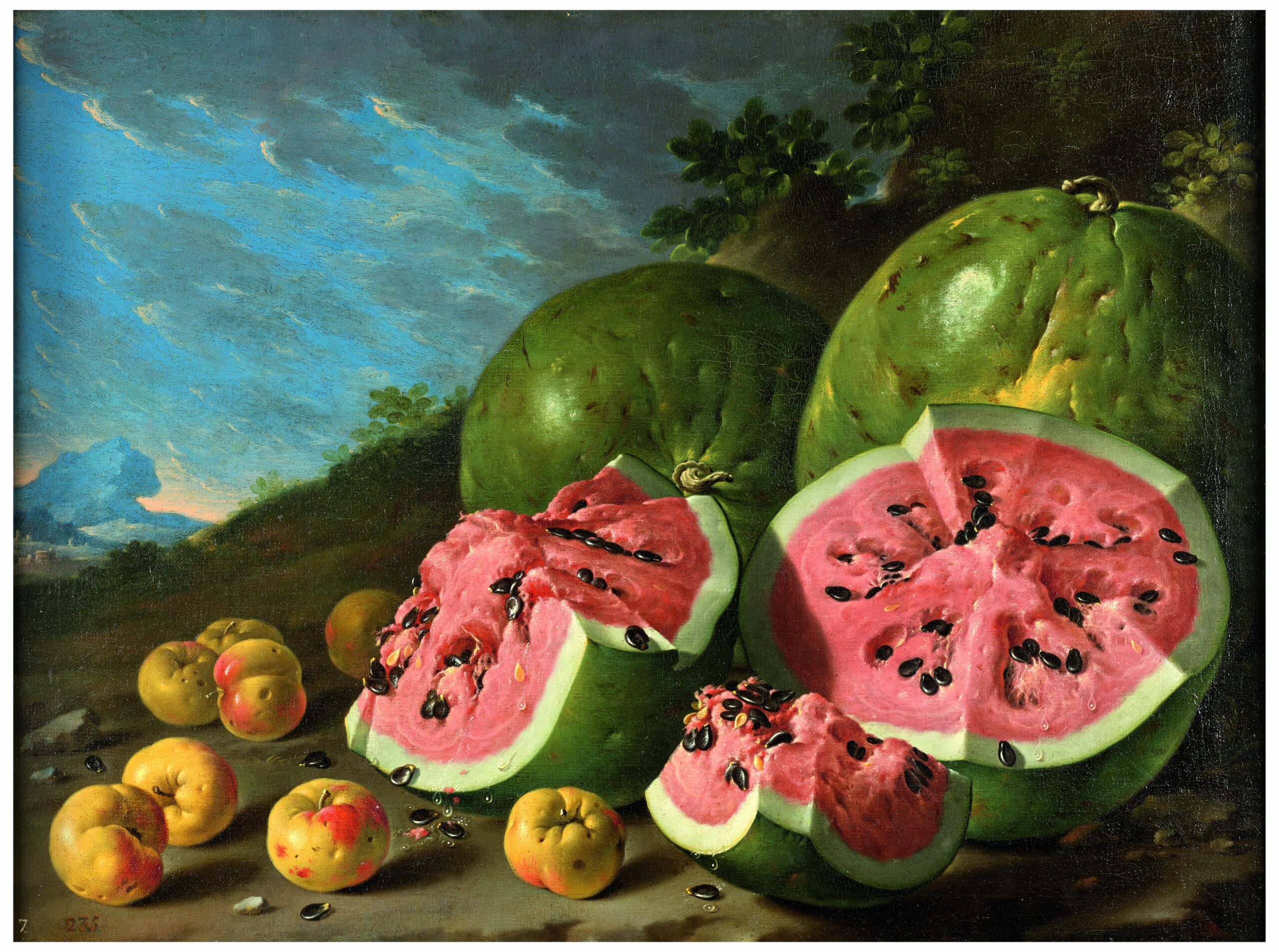
[Expo] « Les Choses » au Louvre : une histoire de la nature morte, ou comment les objets nous parlent
L’exposition « Les Choses » nous propose d’interroger notre rapport aux objets à travers un parcours sur la nature morte, de l’Antiquité à nos jours.
[Expo] « Les Choses » au Louvre : une histoire de la nature morte, ou comment les objets nous parlent
[Expo] "Les Choses" at the Louvre: a history of still life, or how objects speak to us
Eléonore de Vulpillières December 17, 2022Culture

Nous vivons tous entourés d’objets dont la société de consommation a contribué à faire exploser le nombre. L’exposition « Les Choses », au Louvre, nous propose d’interroger notre rapport aux objets à travers un parcours sur la nature morte, de l’Antiquité à nos jours.
Genre considéré comme mineur, la nature morte n’avait pas fait l’objet d’une grande exposition parisienne depuis celle au musée de l’Orangerie en 1952. Jusqu’au 23 janvier 2023, 170 œuvres ont été rassemblées au Louvre pour l’exposition « Les Choses », à la fois chronologique et thématique. L’idée qui préside à la genèse de cette exposition est le dialogue entre le visiteur et les objets qui l’entourent au quotidien.
Avant même d’entrer dans le parcours, on est accueilli par la projection de la scène finale du film Zabriskie Point de Michelangelo Antonioni, sorti en 1970 : une vision de l’explosion d’une villa hyperluxueuse. Télévision, vêtements de prêt-à-porter, nourriture de restauration rapide… tous les objets qui incarnent la société de consommation sont pulvérisés dans le ciel bleu. Le ton est donné. « Car les choses et l’être ont un grand dialogue », écrivait Victor Hugo dans Les Contemplations.
La nourriture au cœur des représentations
L’une des premières pièces de l’exposition est une stèle funéraire égyptienne qui date de 1970 avant notre ère. Un intendant zélé est représenté avec de nombreuses offrandes de nourriture à ses côtés, viandes, pain, bières… au bon serviteur est promise l’abondance matérielle dans l’au-delà. Dès le début de l’exposition, le memento mori est présent à tous les esprits, car des représentations de squelettes et de crânes côtoyant les plus grands mets rappellent au visiteur que la nourriture de ce monde n’empêche pas le pourrissement des corps et la mort. Ce sont les premières vanités… que l’on retrouvera quinze siècles plus tard dans les représentations de l’art chrétien de la Renaissance.
Des témoignages sur le quotidien de nos ancêtres
La peinture de la fin du Moyen Âge introduit des objets dans les scènes religieuses, comme cette Annonciation de l’atelier de Rogier van der Weyden qui se déroule dans une chambre à coucher caractéristique des demeures bourgeoises du milieu de XVe siècle : lit, mobilier, tentures, livre, vase, aiguière… tous les détails permettent au spectateur de l’époque de retrouver dans ce décor familier l’annonce de la naissance de Jésus. À partir du XVIe siècle, il n’y a plus besoin du prétexte religieux pour représenter les objets.
Plusieurs tableaux sont ainsi de précieux témoignage sur les habitudes quotidiennes de l’époque, comme la Fermière hollandaise de Pieter Aertsen entourée de tonneaux, fromages frais, de lait et d’œufs, symboles de renouveau et de printemps, ou encore Le Marché aux poissons de Joachim Beuckelaer, dans lequel le rouge des vêtements des marchands anversois renvoie à celui de la chair des poissons évidés. Ce qui retient l’attention est le travail des peintres dans la composition des toiles, l’harmonie des couleurs et des formes. Car rappelons que le terme français de nature morte est né assez tardivement, au XVIIe siècle, tandis qu’en anglais, on parlera de façon plus précise de vie immobile (still life).
We all live surrounded by objects, the number of which has exploded as a result of consumerism. The exhibition "Les Choses", at the Louvre, invites us to question our relationship with objects through a tour of the still life, from Antiquity to the present day.
Considered a minor genre, still life has not been the subject of a major Parisian exhibition since the Musée de l'Orangerie in 1952. Until January 23, 2023, 170 works have been brought together at the Louvre for the exhibition "Les Choses", both chronological and thematic. The idea behind this exhibition is the dialogue between the visitor and the objects that surround him in his daily life.
Even before entering the exhibition, we are greeted by the projection of the final scene of Michelangelo Antonioni's film Zabriskie Point, released in 1970: a vision of the explosion of a hyper-luxurious villa. Television, ready-to-wear clothes, fast food... all the objects that embody the consumer society are pulverized in the blue sky. The tone is set. "For things and being have a great dialogue," wrote Victor Hugo in Les Contemplations.
Food at the heart of the performances
One of the first pieces in the exhibition is an Egyptian funerary stele dating from 1970 BC. A zealous steward is depicted with numerous offerings of food at his side, meat, bread, beer... the good servant is promised material abundance in the afterlife. From the beginning of the exhibition, the memento mori is present in all minds, as representations of skeletons and skulls next to the greatest delicacies remind the visitor that the food of this world does not prevent the rotting of bodies and death. These are the first vanities... that we will find fifteen centuries later in the representations of Christian art of the Renaissance.
Evidence of the daily life of our ancestors
Late medieval painting introduced objects into religious scenes, such as this Annunciation from the workshop of Rogier van der Weyden, which takes place in a bedroom typical of middle-class homes in the middle of the 15th century: bed, furniture, hangings, book, vase, ewer... all the details allow the viewer of the time to find the announcement of Jesus' birth in this familiar setting. From the 16th century onwards, there was no longer any need for a religious pretext to represent objects.
Several paintings are thus precious testimonies of the daily habits of the time, such as Pieter Aertsen's Dutch Farmer surrounded by barrels, fresh cheese, milk and eggs, symbols of renewal and spring, or Joachim Beuckelaer's Fish Market, in which the red of the clothes of the Antwerp merchants refers to that of the flesh of the gutted fish. What catches the eye is the work of the painters in the composition of the paintings, the harmony of colors and forms. For let us recall that the French term of still life was born rather late, in the 17th century, while in English, one will speak more precisely of still life.
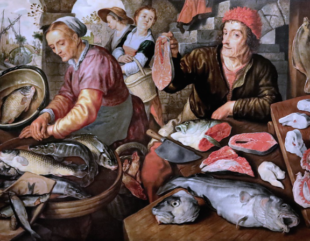
Des natures mortes qui reflètent la vulnérabilité humaine
À partir du XVIIe siècle, les cabinets de curiosités se multiplient, ce qui permet de concentrer en un minimum de place le plus d’objets possibles, issus des quatre coins du monde : éponges, coquillages et coraux sont peints en plan rapproché, ou intégrés à des scènes mythologiques comme cette toile de Francken représentant Ulysse reconnaissant Achille déguisé en femme parmi les filles de Lycomède.
Still lifes that reflect human vulnerability
From the seventeenth century onwards, cabinets of curiosities multiplied, which made it possible to concentrate as many objects as possible from the four corners of the world in a minimum of space: sponges, shells and corals were painted in close-up, or integrated into mythological scenes such as this painting by Francken representing Ulysses recognizing Achilles disguised as a woman among the daughters of Lycomedes.

Avis aux âmes sensibles, une salle est consacrée aux animaux morts ou écorchés, du célèbre Bœuf écorché de Rembrandt à la Tête de vache photographiée en 1984 par l’Américain Andres Serrano, qui nous regarde d’outre-tombe avec un œil en coin. Ce motif de l’animal mort évoque, dans une projection anthropocentrée, la condition humaine dans sa fragilité et sa vulnérabilité.
For the faint of heart, a room is devoted to dead or skinned animals, from Rembrandt's famous Skinned Ox to the Cow's Head photographed in 1984 by the American Andres Serrano, who looks at us from beyond the grave with a winking eye. This motif of the dead animal evokes, in an anthropocentric projection, the human condition in its fragility and vulnerability.
Last edited:


